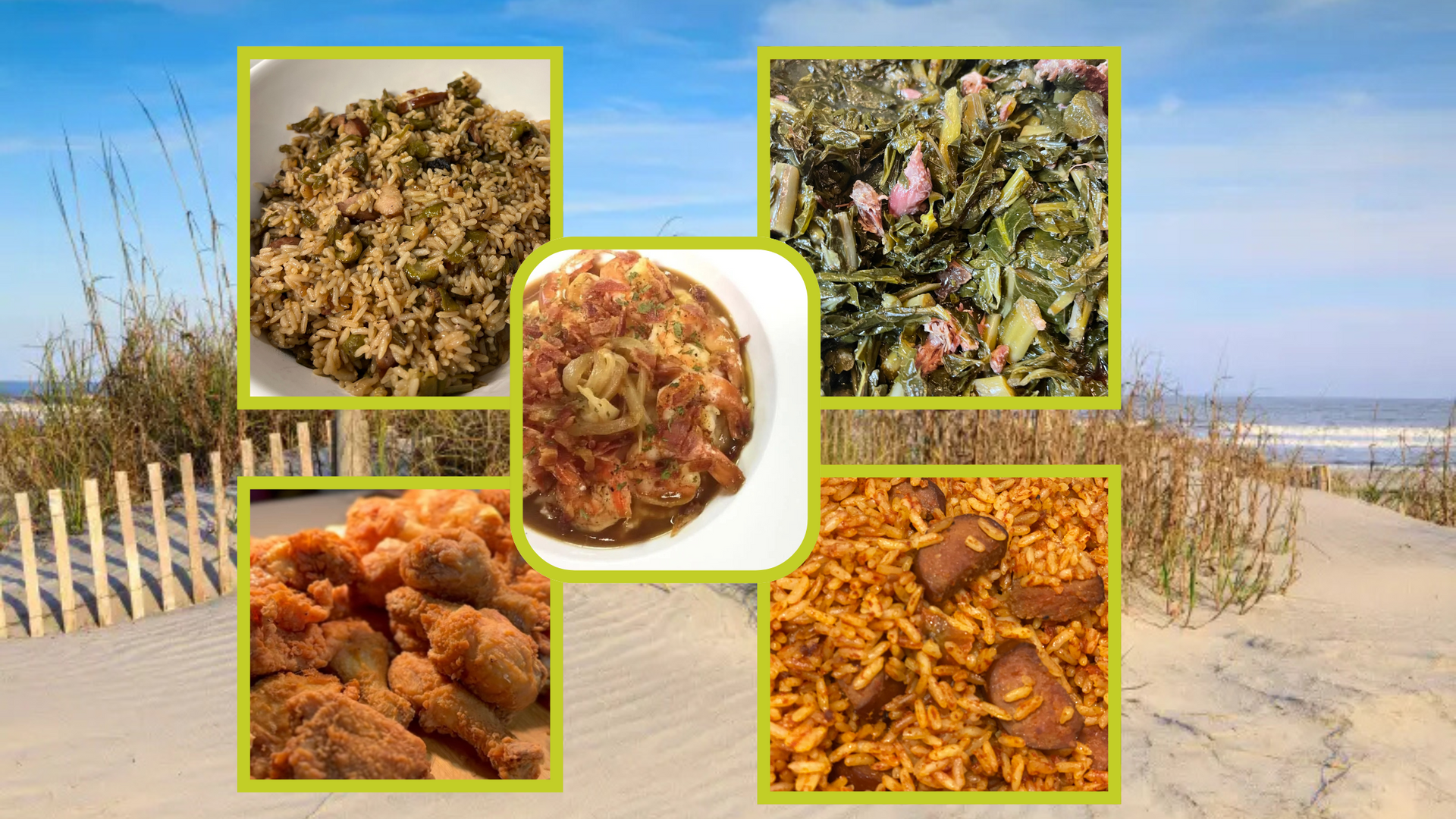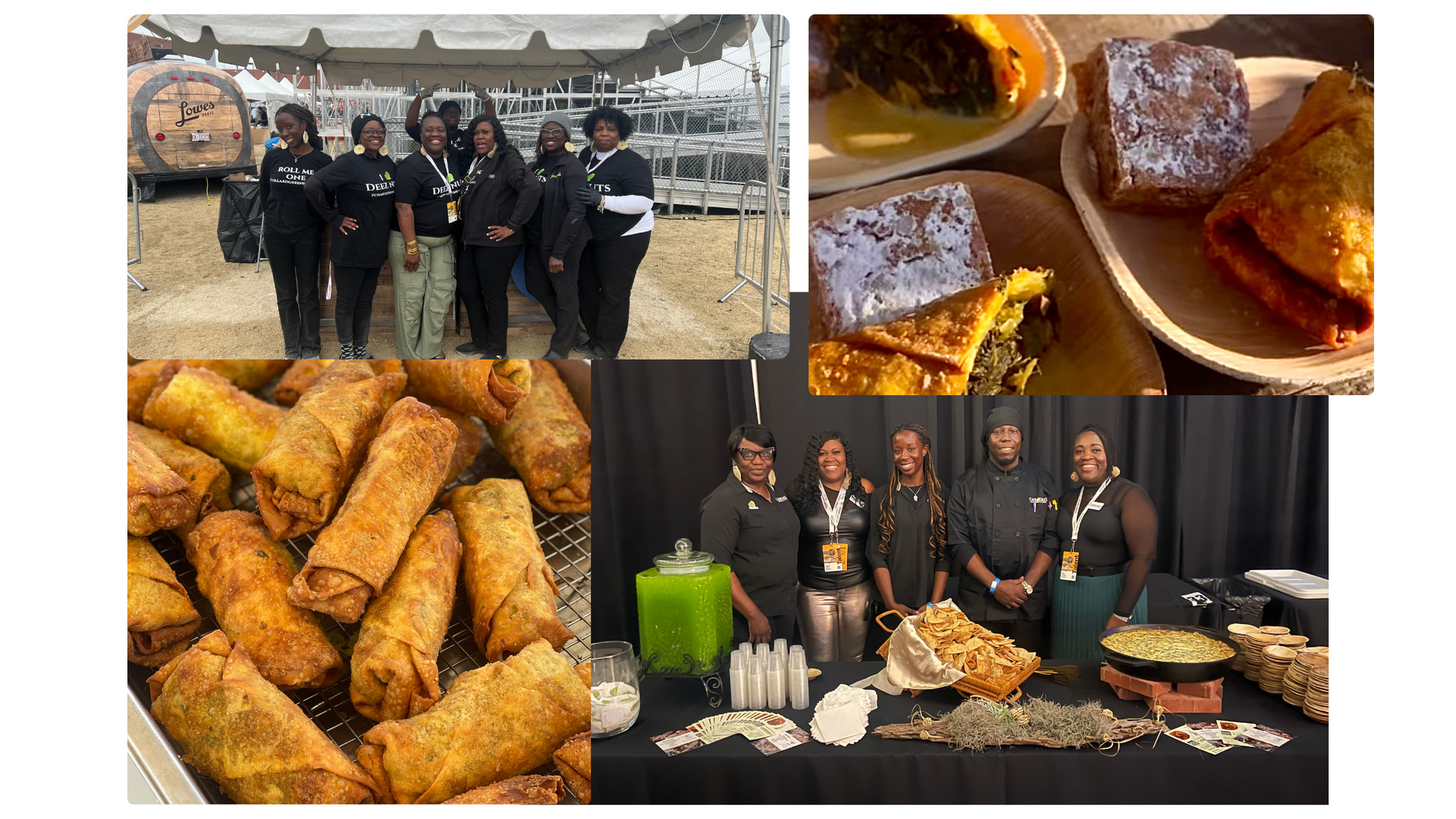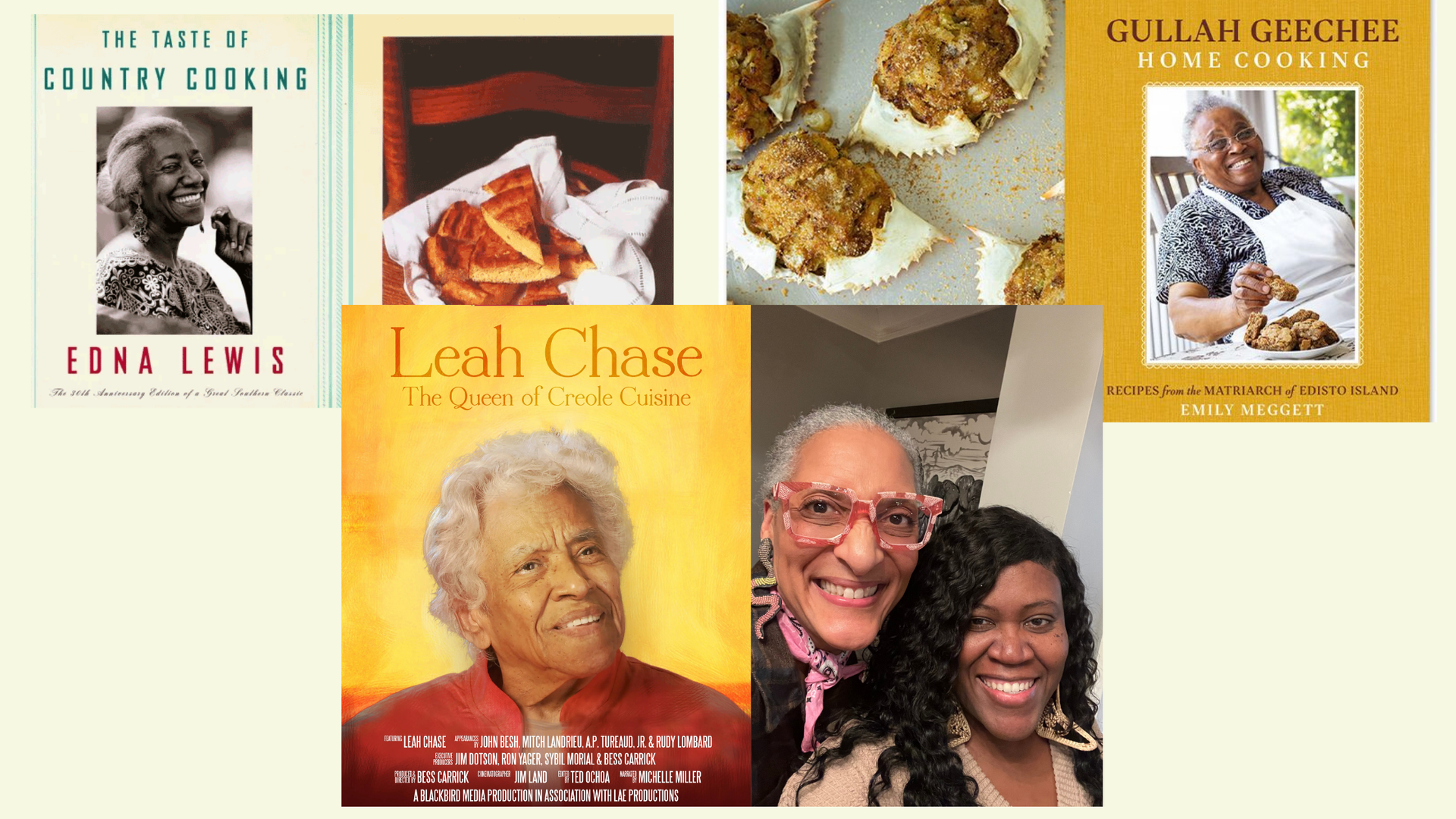Gullah Geechee Culture's contribution to the American Diet
When we talk about American cuisine, we often forget to credit the Gullah Geechee culture for its deep influence on the food we eat today. Rooted in West African traditions, Gullah Geechee foodways were built on adaptability, creativity, and resilience. Forcibly removed Africans brought to the Lowcountry were specifically chosen for their expertise in growing rice, a skill that shaped Southern agriculture and cuisine. Their knowledge not only made rice a staple of the region but also laid the foundation for countless one-pot meals designed to nourish and sustain.
Gullah Geechee cooking reflects the ingenuity of a people who made the most of what they had. With limited tools, they developed techniques like roasting meat above the pot, baking cornbread with hot coals, and even cooking yams directly in the ashes. Ingredients like seafood, fresh vegetables, and peanuts—brought from Africa and known as groundnuts or earthnuts—became central to their cuisine. Community peanut boilings turned a simple, nutritious snack into a social event, a tradition that still exists in the South today.
Beyond just food, Gullah Geechee contributions shaped the communal dining culture of America. Their one-pot meals, such as okra purloo(as pictured above), okra soup, collard greens, and pot meat (smoked neck bones, smoked turkey, or pig tails), set the stage for the hearty, comforting dishes we now associate with Southern cooking. The influence of these flavors stretches far beyond the Lowcountry, appearing in kitchens across the country. Every time we enjoy a plate of rice and seafood, a bowl of stewed greens, or a handful of boiled peanuts, we’re tasting history—one that deserves to be acknowledged and celebrated.











